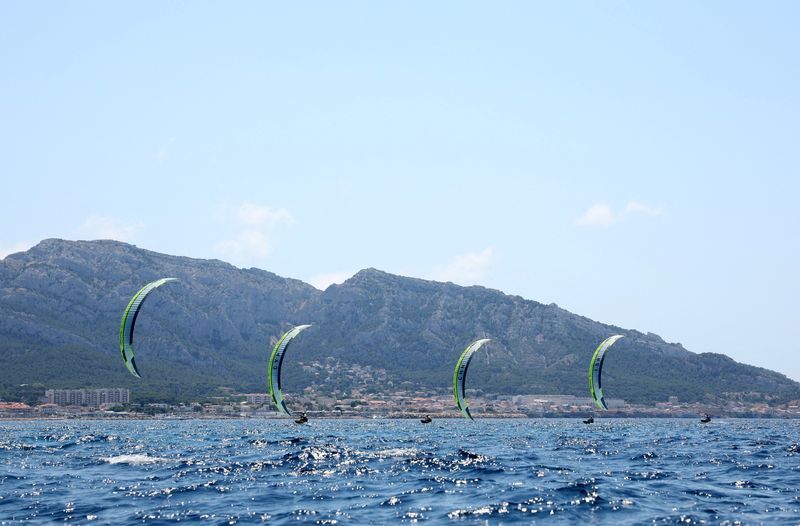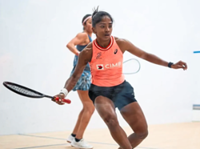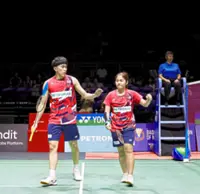
FILE PHOTO: Paris 2024 Olympics - Sailing Training - Marseille Marina, Marseille, France - July 27, 2024. Denis Taradin of Cyprus, Qibin Huang of China and Dor Zarka of Israel in action during men's kite training. REUTERS/Andrew Boyers/File Photo
MARSEILLE, France (Reuters) - Billed as the fastest sport of the Olympics, kiteboarding makes its Games debut on Sunday, promising action-packed racing as the foiling kite sailors try to avoid wipeouts as they "send it" around the course.
With separate events for 20 women and 20 men, the discipline represents two of 10 within the sailing programme being staged on the Mediterranean off the southern French city of Marseille.
Uh-oh! Daily quota reached.









































